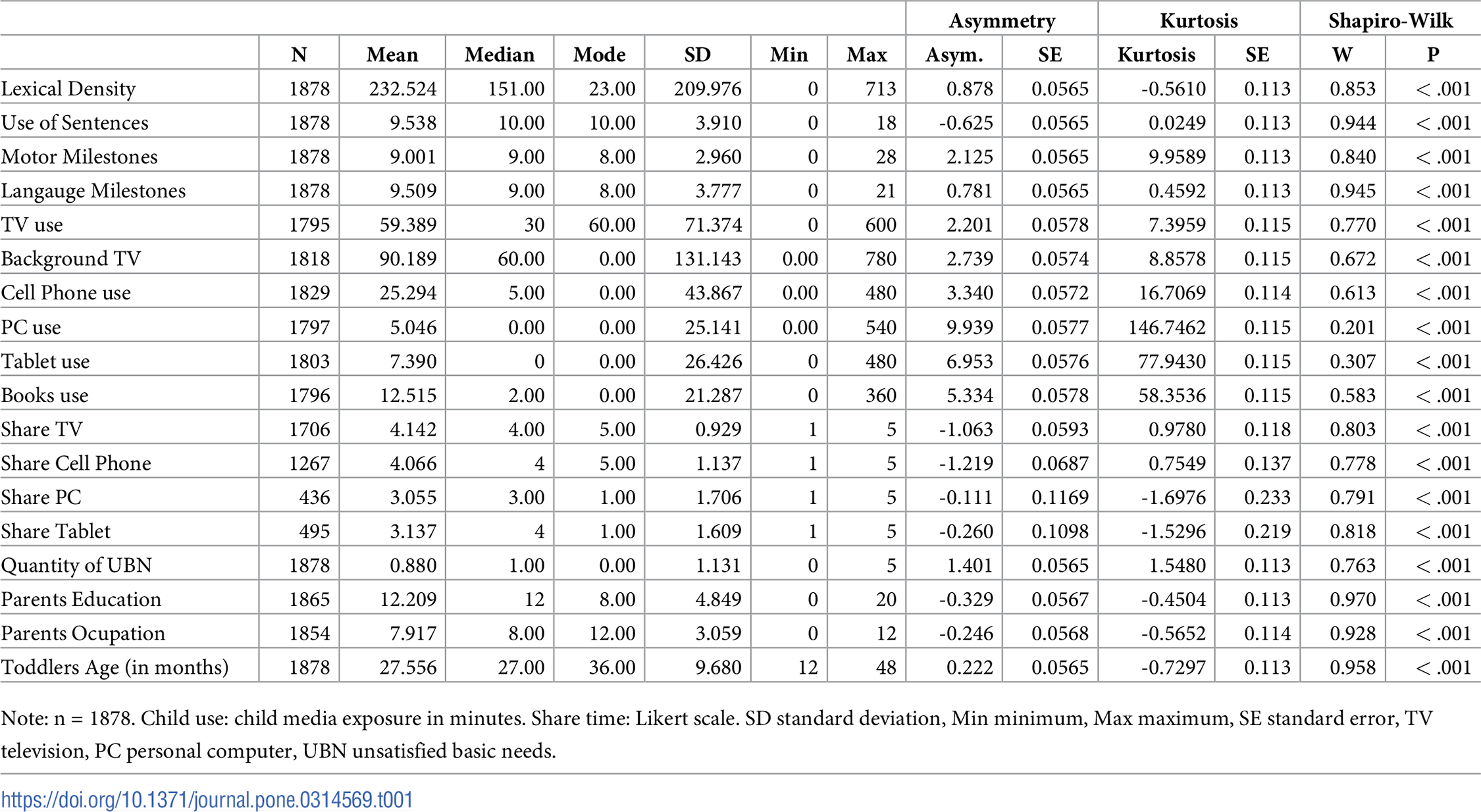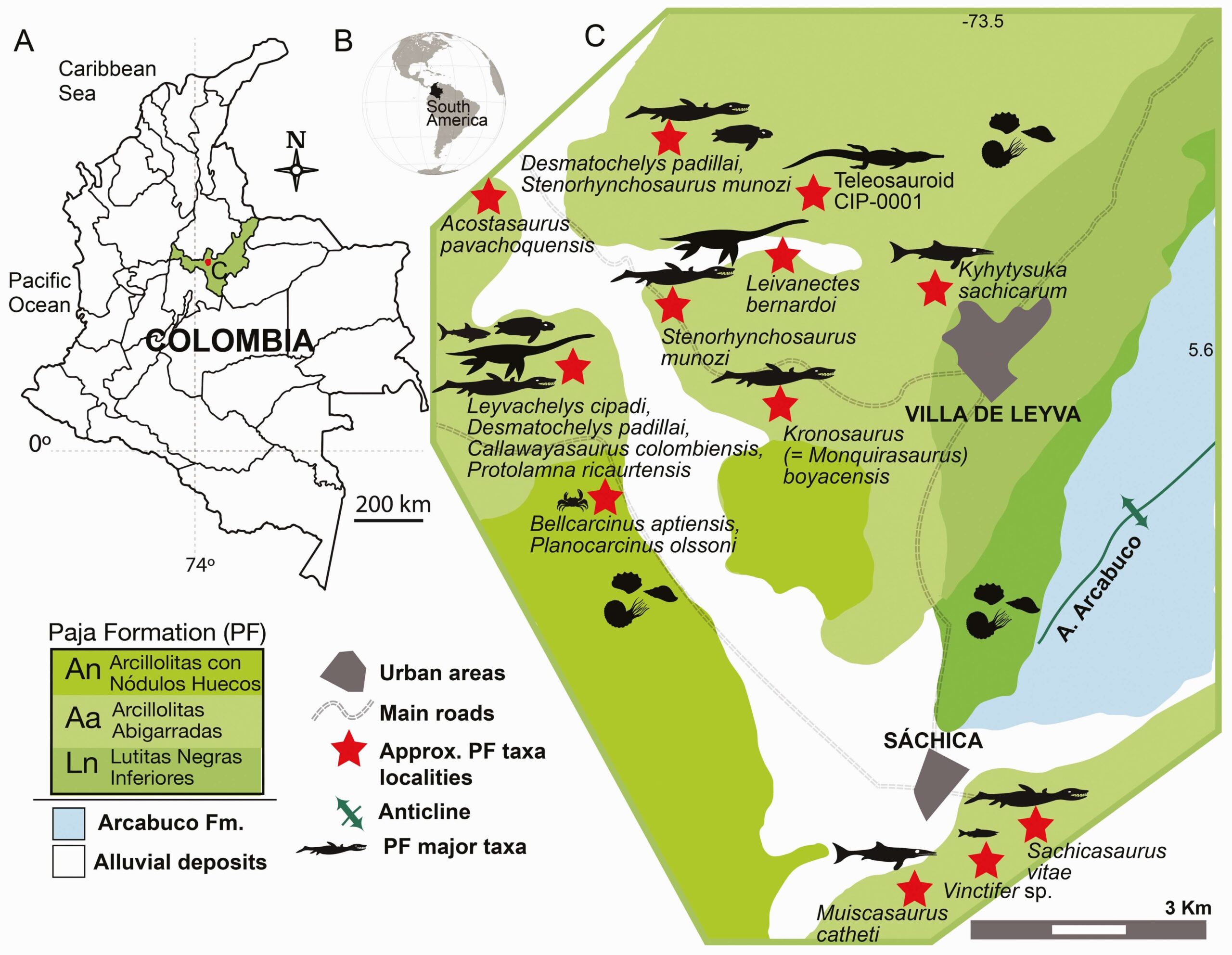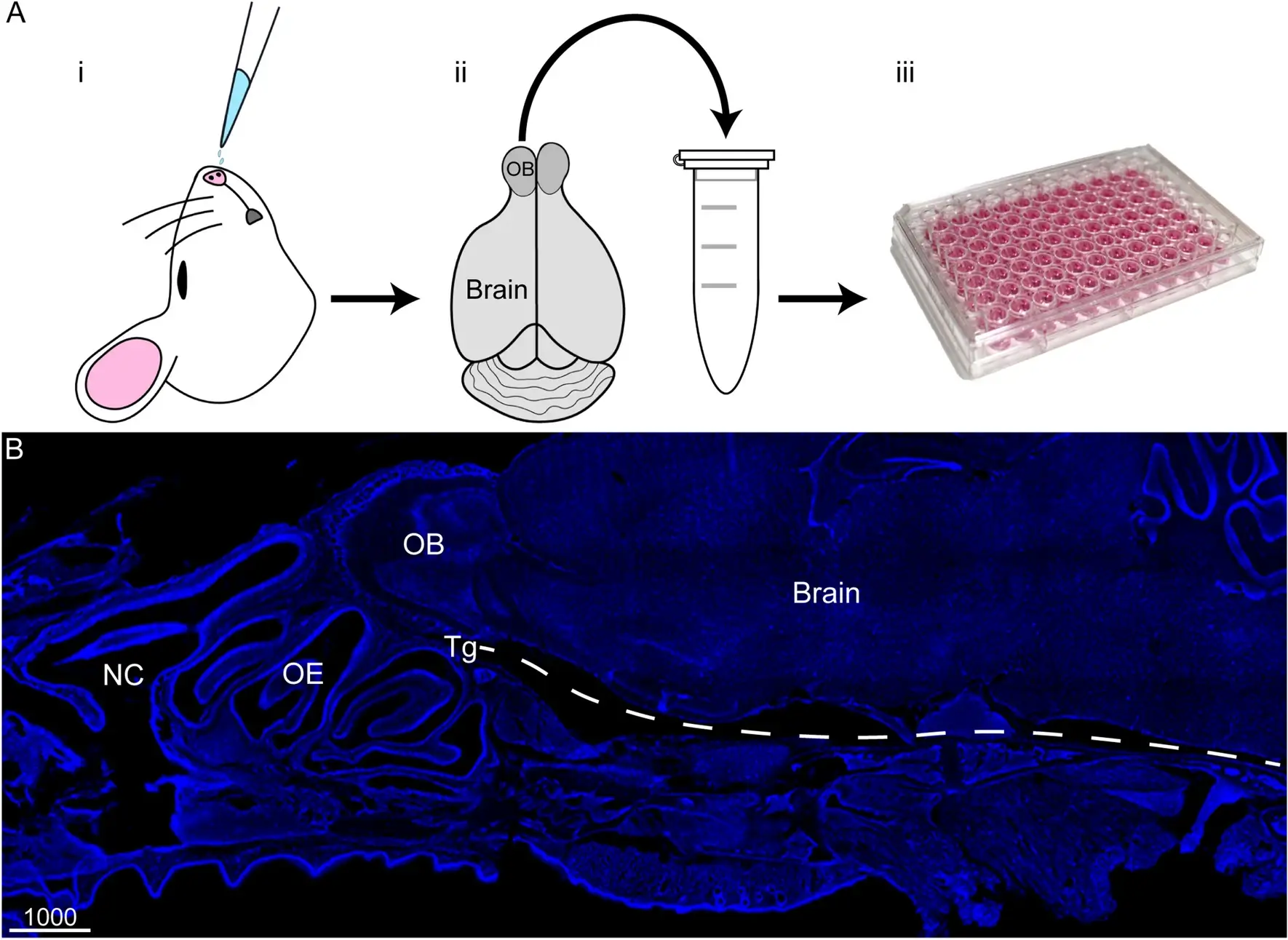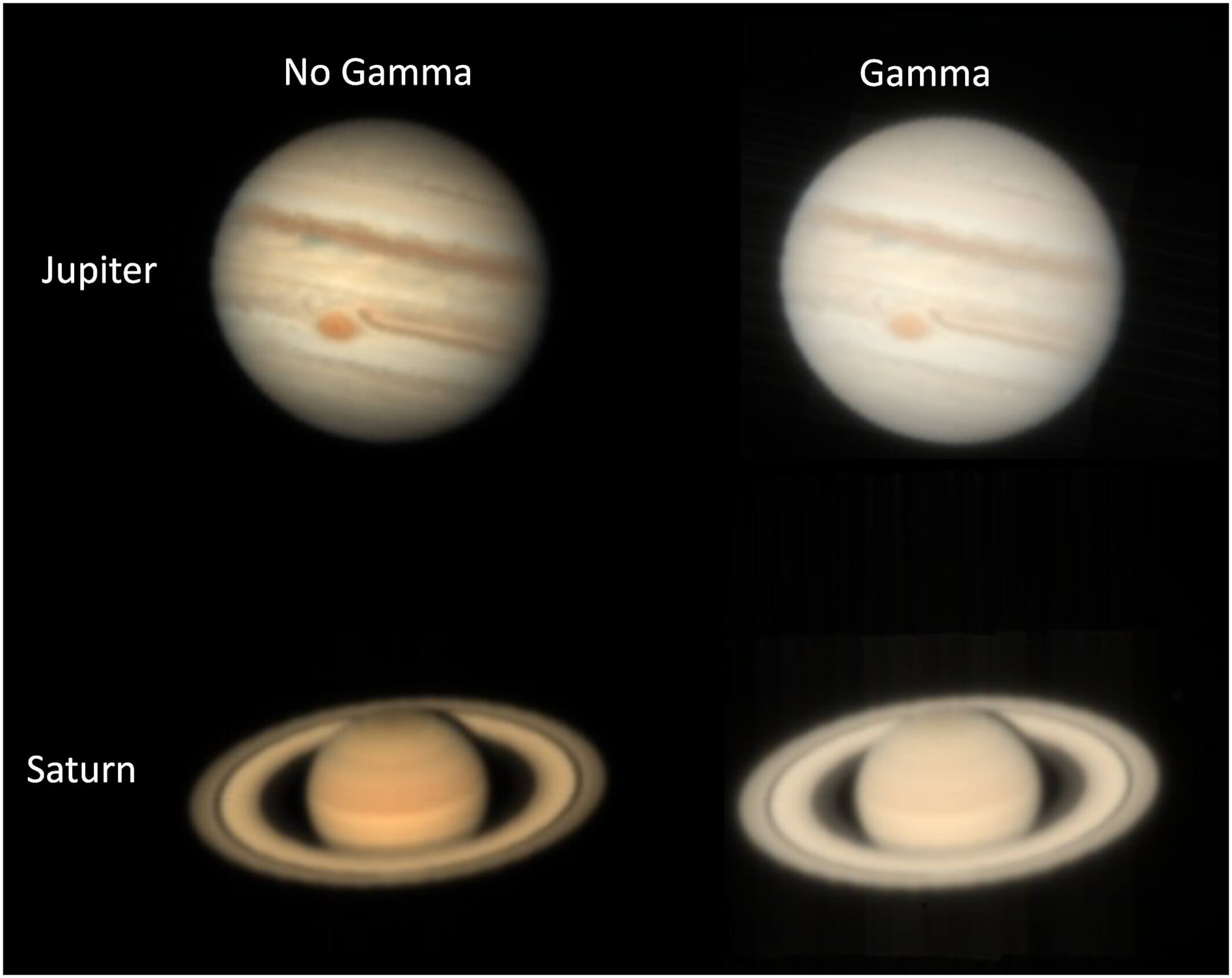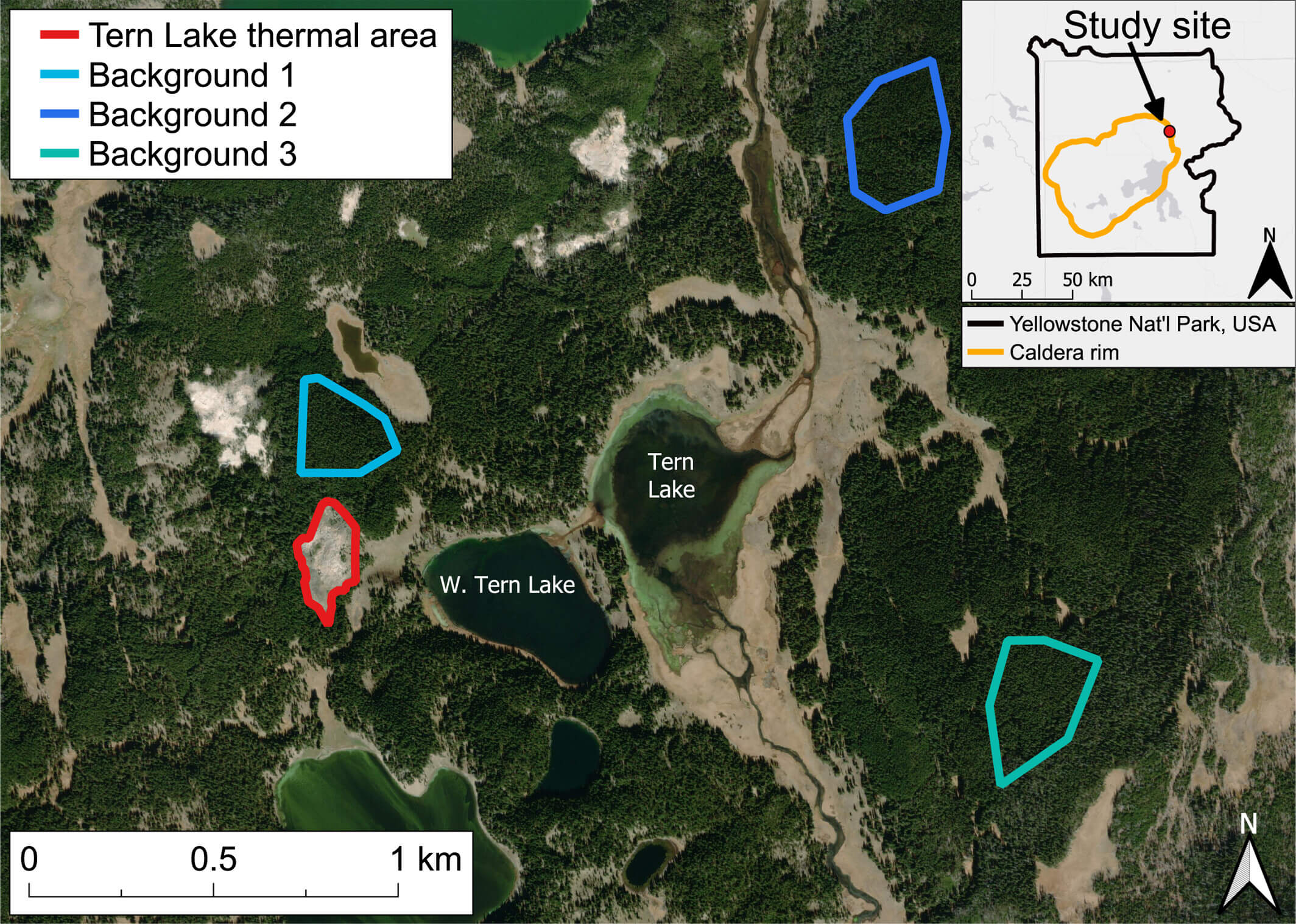1. Atomic Radius
The atomic radius is the distance from the nucleus to the outermost electron shell. It is measured in picometers (pm) or nanometers (nm).
Trends in Atomic Radius
Across a Period (Left to Right)
- Atomic radius decreases.
- Reason: Increasing nuclear charge pulls electrons closer, reducing the size.
- Example: Li > Be > B > C > N > O > F.
Down a Group (Top to Bottom)
- Atomic radius increases.
- Reason: More electron shells are added, increasing shielding and reducing the nuclear attraction on outer electrons.
- Example: Li < Na < K < Rb < Cs.
Factors Affecting Atomic Radius
Nuclear Charge: Higher charge pulls electrons in closer.
Electron Shielding: More inner shells shield outer electrons, increasing size.
Number of Electron Shells: More shells mean a larger radius.
Exam Tip:
When comparing atomic radii, always consider the balance between nuclear charge and shielding effect.
2. Ionic Radius
The ionic radius is the radius of an ion in its crystal structure.
Trends in Ionic Radius
Cations (Positive Ions)
- Smaller than their parent atoms.
- Reason: Loss of electrons reduces electron-electron repulsion and increases effective nuclear charge.
- Example: Na > Na⁺, Mg > Mg²⁺.
Anions (Negative Ions)
- Larger than their parent atoms.
- Reason: Gaining electrons increases repulsion, expanding the electron cloud.
- Example: O < O²⁻, Cl < Cl⁻.
Trends in Ionic Radius for Isoelectronic Species
(Isoelectronic species have the same number of electrons but different nuclear charges.)
- Higher nuclear charge = Smaller radius.
- Example: N³⁻ > O²⁻ > F⁻ > Na⁺ > Mg²⁺ > Al³⁺
Exam Tip:
For ionic radii comparisons, check if the ions are isoelectronic and compare their nuclear charges.
3. Comparing Atomic and Ionic Radii
| Element | Atomic Radius (pm) | Ionic Radius (pm) |
| Na | 186 | 102 (Na⁺) |
| Mg | 160 | 72 (Mg²⁺) |
| Cl | 99 | 181 (Cl⁻) |
| O | 60 | 140 (O²⁻) |
4. Difference Between Atomic and Ionic Radius
| Property | Atomic Radius | Ionic Radius |
| Definition | Distance from nucleus to outermost electron | Distance from nucleus to outermost electron in an ion |
| Trend in Cations | Not applicable | Always smaller than the atomic radius due to electron loss |
| Trend in Anions | Not applicable | Always larger than the atomic radius due to electron gain |
| Factors Affecting | Nuclear charge, shielding, number of shells | Nuclear charge, electron gain/loss, shielding effect |
Key Points
Cations are smaller than their parent atoms due to loss of electrons and increased nuclear attraction.
Anions are larger than their parent atoms due to increased electron repulsion.
5. Practice Questions
- Explain why the atomic radius decreases across Period 3 from Na to Cl.
- Compare the size of Na⁺ and Mg²⁺ ions and explain the difference.
- Arrange the following in order of increasing ionic radius: O²⁻, Al³⁺, F⁻, N³⁻.
- Why is Cl⁻ larger than Cl, while Na⁺ is smaller than Na?
Atomic and Ionic Radii Worksheet
- Which of the following best explains why atomic radius decreases across a period?
a) Increased shielding from inner electrons
b) Increased nuclear charge with constant shielding
c) Decreased number of protons in the nucleus
d) Increased repulsion between outer electrons
- The atomic radius of sodium is larger than that of chlorine because:
a) Sodium has a higher nuclear charge than chlorine
b) Sodium has fewer electron shells than chlorine
c) Chlorine has more protons, pulling its electrons closer
d) Chlorine has more valence electrons, increasing repulsion
- Which of the following elements has the smallest atomic radius?
a) Lithium
b) Carbon
c) Oxygen
d) Fluorine
- Which of the following correctly compares the sizes of the ions?
a) Na⁺ > Mg²⁺ > Al³⁺
b) Al³⁺ > Mg²⁺ > Na⁺
c) Mg²⁺ > Na⁺ > Al³⁺
d) Na⁺ > Al³⁺ > Mg²⁺
- Which of the following statements is correct?
a) Anions are always smaller than their parent atoms
b) Cations are always larger than their parent atoms
c) Anions are larger than their parent atoms due to increased electron-electron repulsion
d) Cations are larger than anions because they have a stronger nuclear attraction
- Why does the ionic radius of isoelectronic species decrease with increasing atomic number?
a) The nuclear charge increases, pulling electrons closer
b) The number of electron shells decreases
c) Electron-electron repulsion increases
d) The number of valence electrons increases
- The atomic radius of elements in Group 2 increases down the group because:
a) The number of protons increases
b) The number of occupied electron shells increases
c) The nuclear charge increases
d) The elements become more reactive
- Which of the following statements about ionic radii is correct?
a) O²⁻ is smaller than F⁻ because it has a greater nuclear charge
b) Na⁺ is larger than Mg²⁺ because it has a smaller nuclear charge
c) Al³⁺ is larger than Mg²⁺ because it has fewer protons
d) Cl⁻ is smaller than Na⁺ because it has more electrons
- Which of the following correctly ranks the species in order of increasing radius?
a) O²⁻ < F⁻ < Na⁺ < Mg²⁺
b) Al³⁺ < Mg²⁺ < Na⁺ < O²⁻
c) Na⁺ < Mg²⁺ < Al³⁺ < O²⁻
d) Mg²⁺ < Na⁺ < F⁻ < O²⁻
- In a given period, the noble gas has the smallest atomic radius because:
a) It has the highest nuclear charge with no additional shielding
b) It has the most electrons, pulling them closer
c) It has the fewest occupied electron shells
d) It has the lowest effective nuclear charge
Answer Key
- b) Increased nuclear charge with constant shielding
- c) Chlorine has more protons, pulling its electrons closer
- d) Fluorine
- b) Al³⁺ > Mg²⁺ > Na⁺
- c) Anions are larger than their parent atoms due to increased electron-electron repulsion
- a) The nuclear charge increases, pulling electrons closer
- b) The number of occupied electron shells increases
- b) Na⁺ is larger than Mg²⁺ because it has a smaller nuclear charge
- b) Al³⁺ < Mg²⁺ < Na⁺ < O²⁻
- a) It has the highest nuclear charge with no additional shielding



